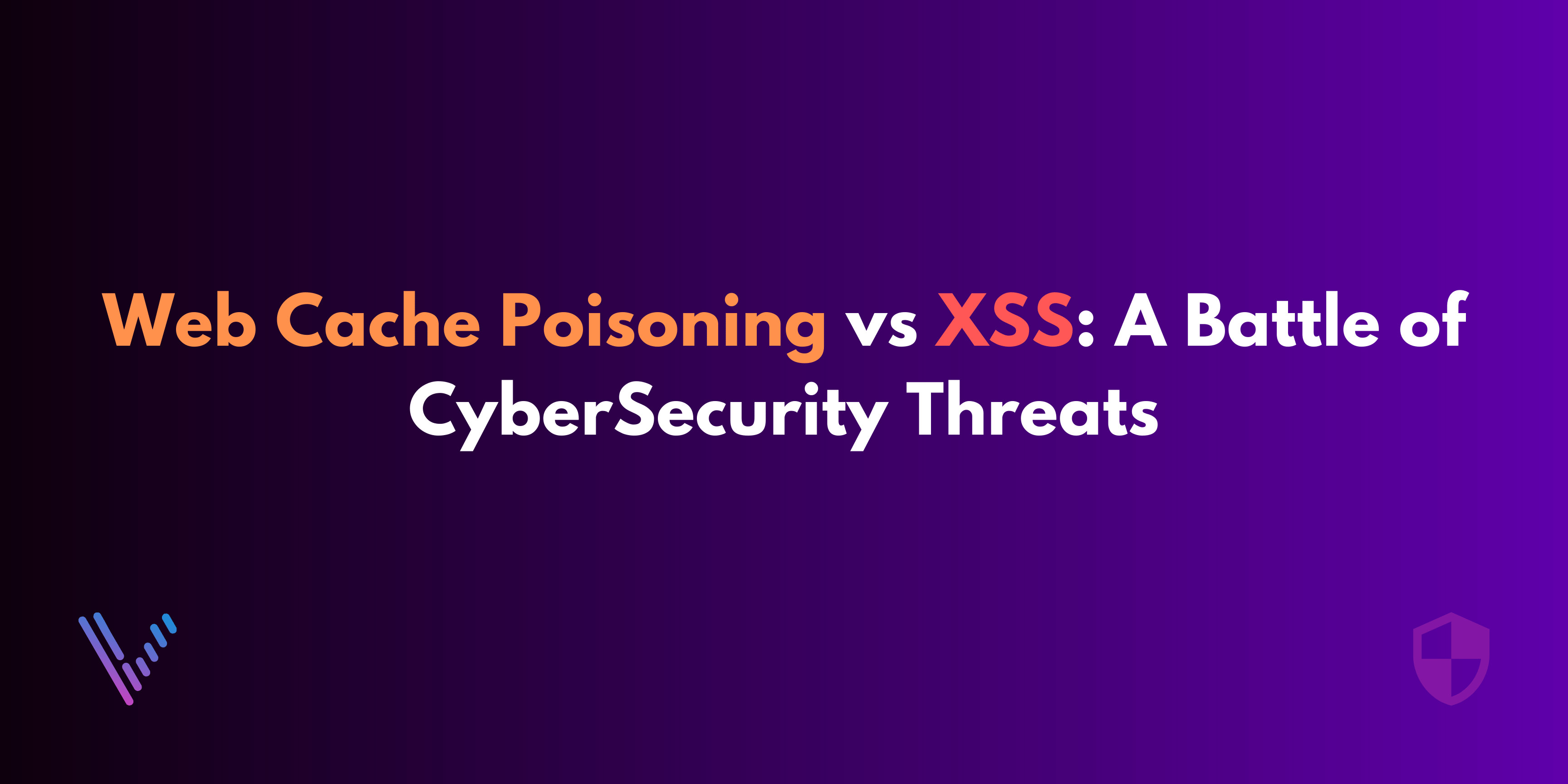Calling all cybersecurity enthusiasts, IT professionals, and curious minds! 📣 Today, let’s discuss a topic that often goes under the radar but has potentially far-reaching consequences: Web Cache Poisoning.
Most of us are familiar with Cross-Site Scripting (XSS) – where an attacker injects malicious scripts into trusted websites to deceive users. It’s a notorious threat, but have you considered how Web Cache Poisoning might be even more dangerous? 🕵️♂️
Web Cache Poisoning involves manipulating a website’s cache to serve poisoned content to all users who access a specific page. The broad impact is what makes it more dangerous. Consider this:
- Wider Reach: Unlike XSS which usually targets individual users, Web Cache Poisoning impacts every user who visits the manipulated page.
- Stealthier Attacks: These attacks are harder to detect as they exploit trusted caches, making them potentially more damaging.
- Long-lasting Impact: The poisoned content can persist in the cache for a long time, affecting numerous unsuspecting users.
In essence, while both XSS and Web Cache Poisoning are significant threats, the latter’s potential for wide-scale damage makes it a particularly menacing adversary in the realm of cybersecurity.
Now, I’d love to hear from you! Have you had experiences dealing with Web Cache Poisoning? Do you have tips on how to protect against it? Let’s exchange knowledge and fortify our defenses together! 💼🔐💡


Leave a Reply